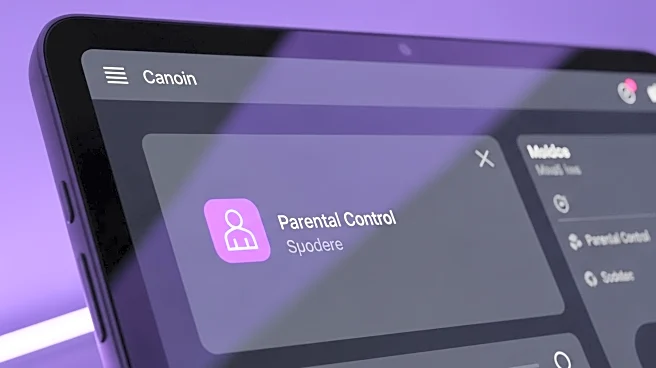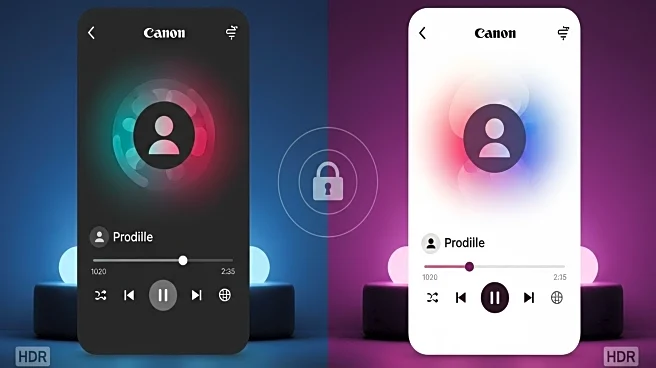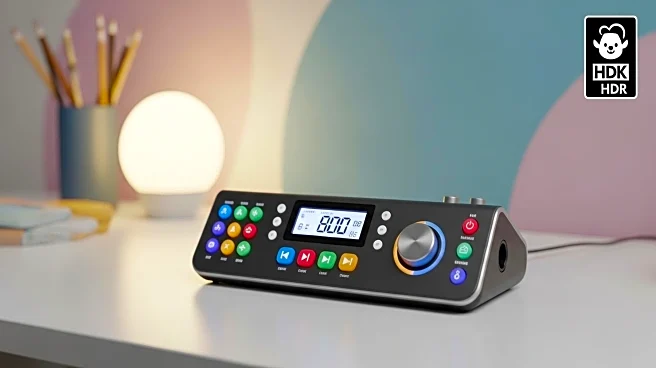What's Happening?
Spotify has introduced new features to its DJ service, allowing Premium users to make music requests in Spanish and via text. This update aims to enhance user interaction and personalization, offering
suggestions based on genre, mood, and activity. The DJ feature, which has seen increased usage since the introduction of voice requests, now provides personalized prompts to help users set the perfect vibe for their sessions. These enhancements are available in over 60 markets worldwide, catering to a diverse audience and expanding the ways users can engage with Spotify's music offerings.
Why It's Important?
The expansion of Spotify's DJ feature to include Spanish-language and text requests is significant for the platform's global user base, particularly Spanish-speaking listeners. By offering more personalized and accessible ways to interact with music, Spotify is enhancing user experience and engagement. This move reflects the growing demand for customization in digital music services and positions Spotify as a leader in providing innovative solutions. The ability to request music in multiple languages and formats could attract new users and retain existing ones, contributing to Spotify's competitive edge in the streaming market.
What's Next?
As Spotify rolls out these new DJ features, the company may continue to explore additional languages and request formats to further personalize the user experience. The success of these enhancements could lead to further innovations in AI-driven music curation, potentially influencing other streaming platforms to adopt similar features. Spotify's focus on personalization and user engagement may drive future developments in its music discovery and recommendation systems, enhancing its appeal to a broader audience. Stakeholders in the music industry will likely monitor the impact of these features on user behavior and engagement.
Beyond the Headlines
The introduction of Spanish-language and text requests in Spotify's DJ feature highlights the importance of inclusivity and accessibility in digital services. By catering to diverse linguistic and cultural preferences, Spotify is addressing the needs of a global audience and promoting cultural exchange through music. This development may encourage other tech companies to prioritize inclusivity in their product offerings, fostering a more diverse and interconnected digital landscape. Long-term, the emphasis on personalization and accessibility could lead to new standards in user experience design across various industries.











